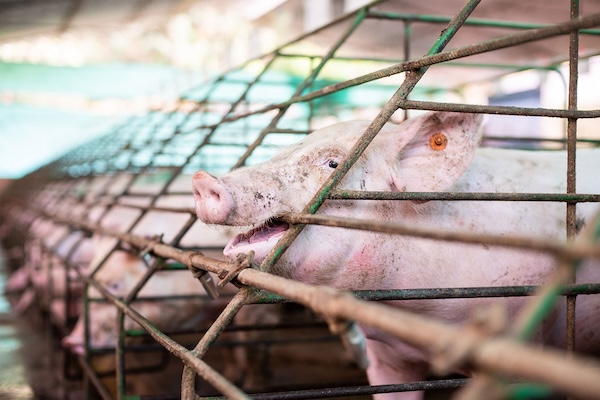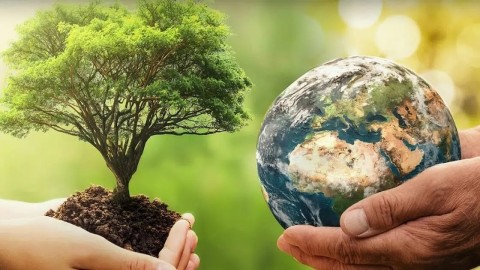Overpopulation Forcing Harmful Agricultural Practices
Overpopulation continues, inarguably, to place significant strain on global food chains around the world, with many regions already unable to cope with demand.
In the second half of 2023, the world’s population surpassed the 8 billion mark and, according to the Food and Agricultural Organization of the United Nations (FAO), that number is expected to increase by a further 2.3 billion between now and 2050. Although population growth may well be slowing slightly, this is still a 30 per cent increase in the number of people who will need feeding by the middle of this century.
The United Nations estimates that by 2050, the amount of food that will need to be processed will rise by almost 70 per cent in most global regions, and 100 per cent in the developing world. Annual production of cereal will need to grow by almost one billion tons, and meat production by over 200 million tons, to a total of 470 million tons.
The threat to our planet, however, and indeed to human health, is not just from the volume of food required. It is also from changing agricultural practices.
As the number of mouths to feed continues to spiral upwards, food producers are forced into more intensive livestock production and crop cultivation.
Traditional, sustainable practices are increasingly abandoned in favour of high-yielding but ecologically damaging methods such as monoculture farming and overuse of chemical fertilisers and pesticides. These practices deplete soil fertility, erode biodiversity, and pollute water sources.
Modern agricultural practices may fill more stomachs, but they can be environmentally devastating. Chemical fertilisers and pesticides leach into water bodies, poisoning aquatic life and contaminating drinking water. Intensive livestock production generates vast quantities of methane, a potent greenhouse gas, further fueling climate change. The overuse of antibiotics in animal farming creates resistant bacteria, posing an increasing threat to human health.
And with greater food demand comes the further repurposing of land. The need for more farmland continues to drive deforestation. Ecosystems are transformed into fields, displacing wildlife and destroying habitats. This not only threatens countless species with extinction but also disrupts the delicate ecological balance, leading to soil erosion, disrupted water cycles, and unpredictable weather patterns.
The most recent United Nations (UN) annual State of Food Security and Nutrition in the World report (SOFI), published July 2023, identified that climate change is pushing more and more people into hunger and that the number of people going hungry globally has risen by 122 million since 2019. It highlighted that more than 9% of the global population (735 million) faced chronic undernourishment, with close to 3 in every 10 people worldwide facing moderate or severe food insecurity.


Got something to say about this? Join the discussion now!
Remember, you need to be registered to take part.
- This topic has 1 reply, 1 voice, and was last updated 3 days, 15 hours ago by .











